

STEP 2
Laboratory analysis of cleaning results
STEP 4
Capacity study and sizing
STEP 6
Structural laser manufacturing and welding
STEP 8
Internal functional and performance cleaning tests
STEP 10
Delivery and assembly
STEP 12
Operation and maintenance training


STEP 1
Technological / chemical testing on parts
STEP 3
Definition of cleaning process(es)
STEP 5
3D design
STEP 7
Electrification and automation
STEP 9
FAT (Customer acceptance tests)
STEP 11
Production start-up
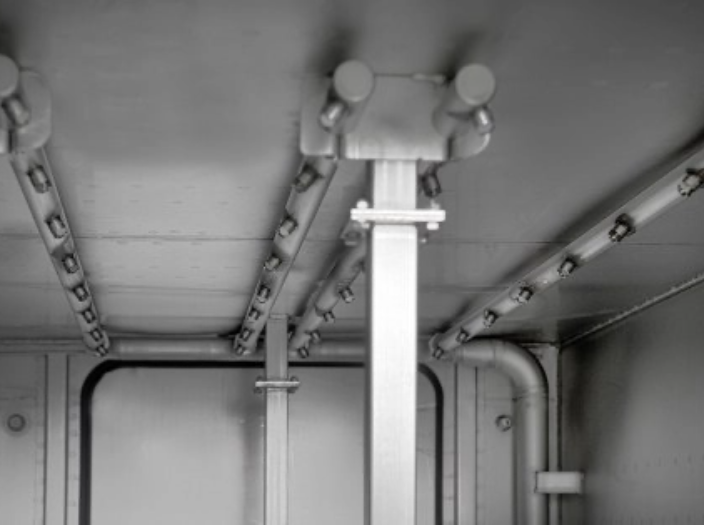
Spraying is the first basic method for projecting cleaning baths (acid, neutral or alkaline) towards the parts to clean. It is usually a simple technology for simple and not very demanding processes, like i. ex. pre-cleaning, maintenance cleaning or in between production processes.
When combined with other technologies can be excellent auxiliary towards the final objective.
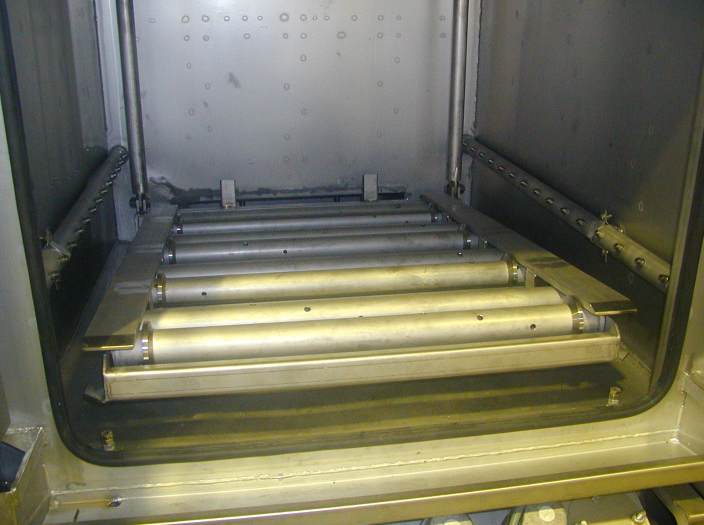
We call immersion the begining of the more advanced precision cleaning techniques where the parts are submerged in a cleaning fluid. It is a technology that allows, whatever the geometry of the parts, access to difficult cleaning areas and combined with other technologies may allow to reach the desired cleanliness level. Depending on the goal, can be designed a single stage or multiple stages process ending up on blow-off or parts drying in either a single chamber or multiple cleaning tanks.
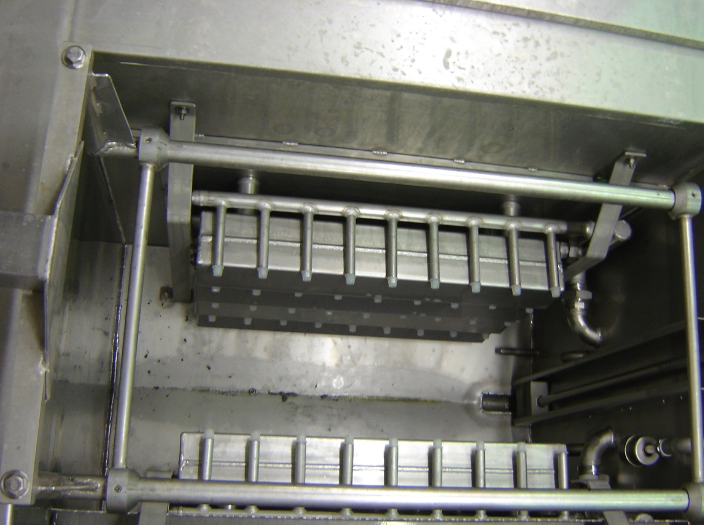
Spraying under immersion is only used when the cleanliness level required is of some quality, combining two different technologies so that, whatever the geometry of the parts, spraying under immersion causes a certain grade of turbulence that promotes a more effective removal of the contamination.
It is very often in these steps that high grades of filtration are needed so that the contamination is indeed removed from the parts and the cleaning system itself. This process is either used in closed cleaning chamber as well as in immersion tanks.
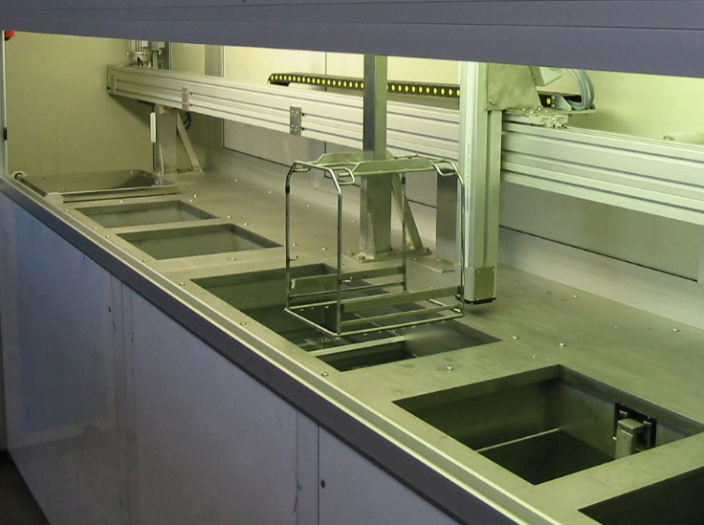
The ultrasound technology implies the immersion of the parts and is one of the most effective ways to remove several different types of contaminations, specially when confronted in the cleaning of geometrically difficult parts (threaded holes, blind bores, channels, etc..). This technology is very commonly used in treatment lines (multistage-production), simple tanks (maintenance applications) or in closed cabinet with or without rotation of the parts, depending on geometry, fragility, esthetical aspect, type of material, etc...adjusting the power and the ultrasound frequency to the level of desired cleanliness, application (production/maintenance), etc..
Usually, in the multistage cleaning lines for production applications there is a combination of several cleaning stages till the final drying where the automation is necessary for the load/unload of the parts totally automated.
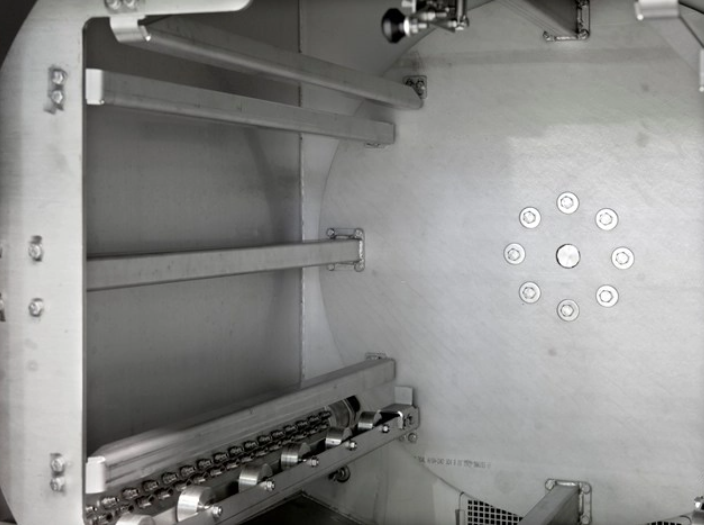
The vacuum technology is used in several diferent ways in the cleaning technologies:
- Final drying in either solvent or aqueous processes
- Washing systems with solvents (modified alcohols or hydrocarbons)
When choosing this kind of technology in an aqueous process is mainly due to either, the result is impossible to achieve without it and is very important that this process is incorporated during all stages or only partialy, beeing very commonly the main reason for the use of the vaccum process the geometry, capilarity problems or fragile parts to be cleaned, etc.
In the solvent processes, either modified alcohol or hydrocarbons, it is mandatory that the vacuum is present due to safety issues as both kind of products are flammable forcing that the all machine system is continuously under vacuum.
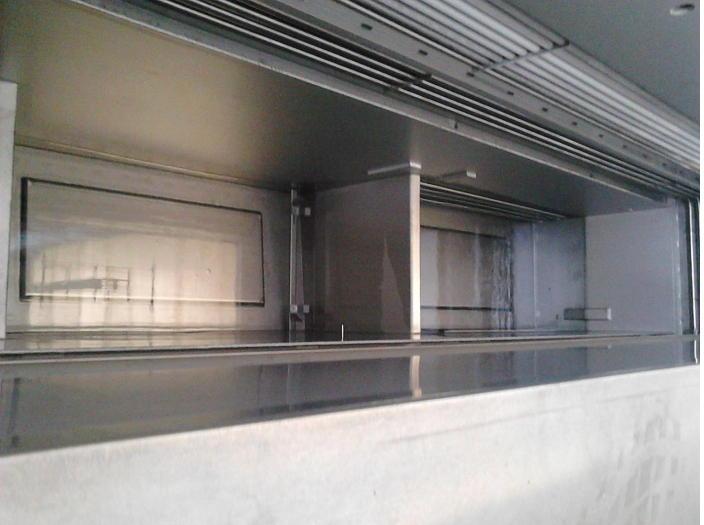
The industry is debating with the prohibition of some solvent degreasing products (ex. trichlorethylene) and the imposed regulations for the use of other chlorinated solvents (ex. perchlorethylene), excellent degreasing agents but that, some more then others, need special handling care, use, consumption, etc...
It is with this premise, that CriticalFlow develops solutions for the replacement of this kind of solvents, keeping the same working philosophy with new generation solvents which have no hazard in terms of toxicity, flammability and chemical stability keeping the high cleaning volume that this type of solvents can still maintain and with additional cost-saving features in comparison with other technologies.
This systems can be either manual or automatic and used in several different applications like i. ex. when the final quality of the parts and the requirement level in terms of esthetics is of the upmost importance or in high-volume pre-welding production degreasing processes.
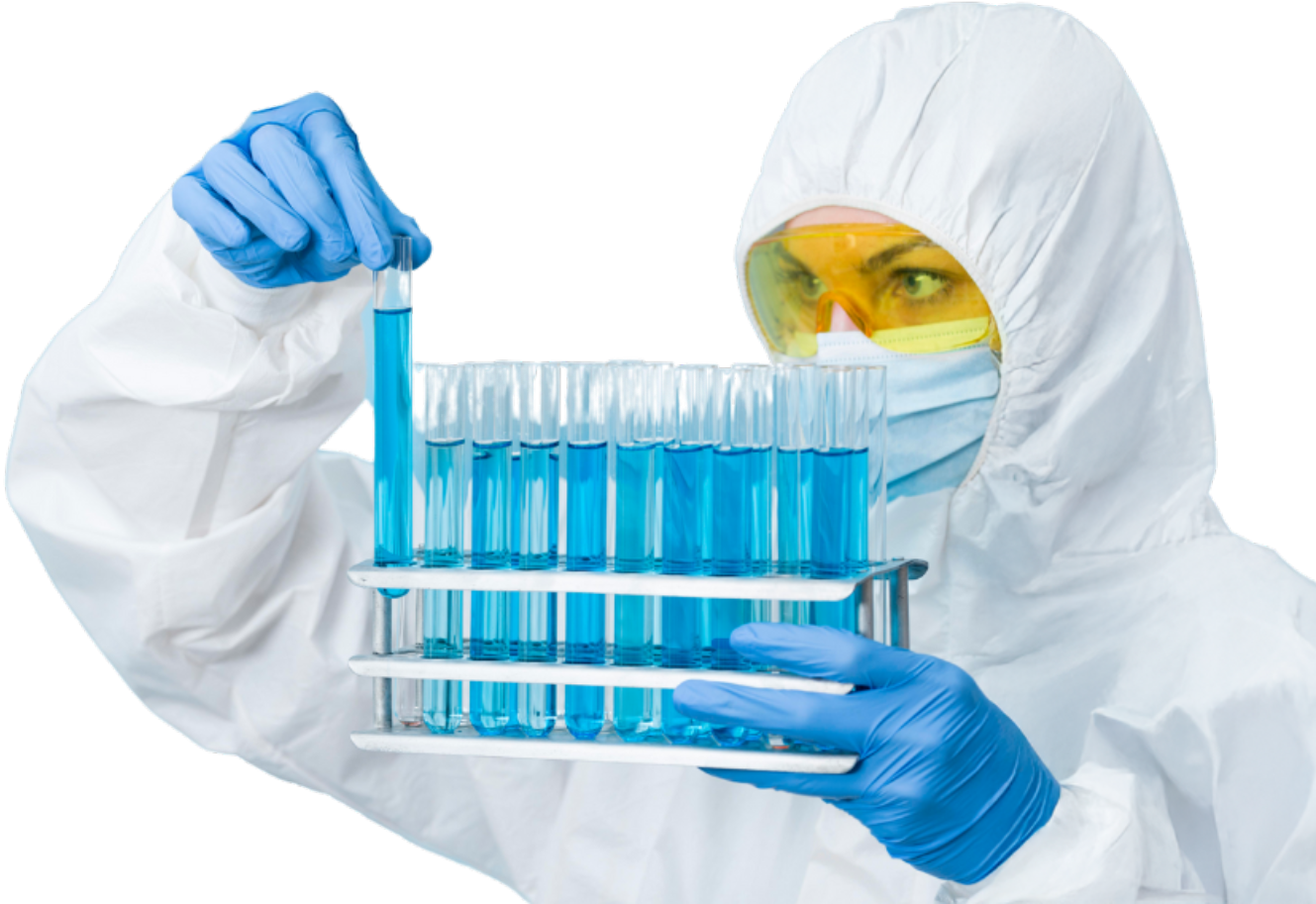









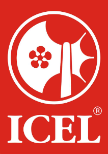
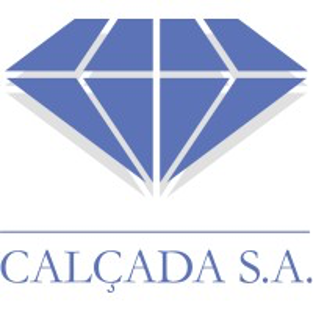
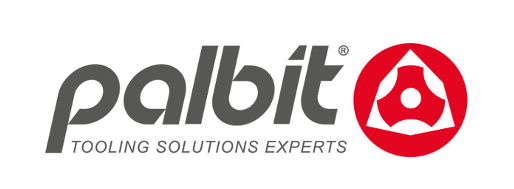

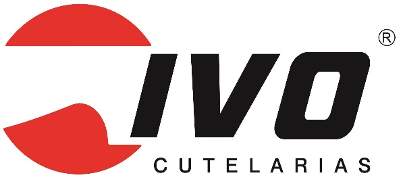

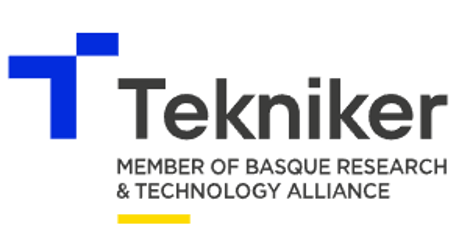


@criticalflowlimpezadeprecisao